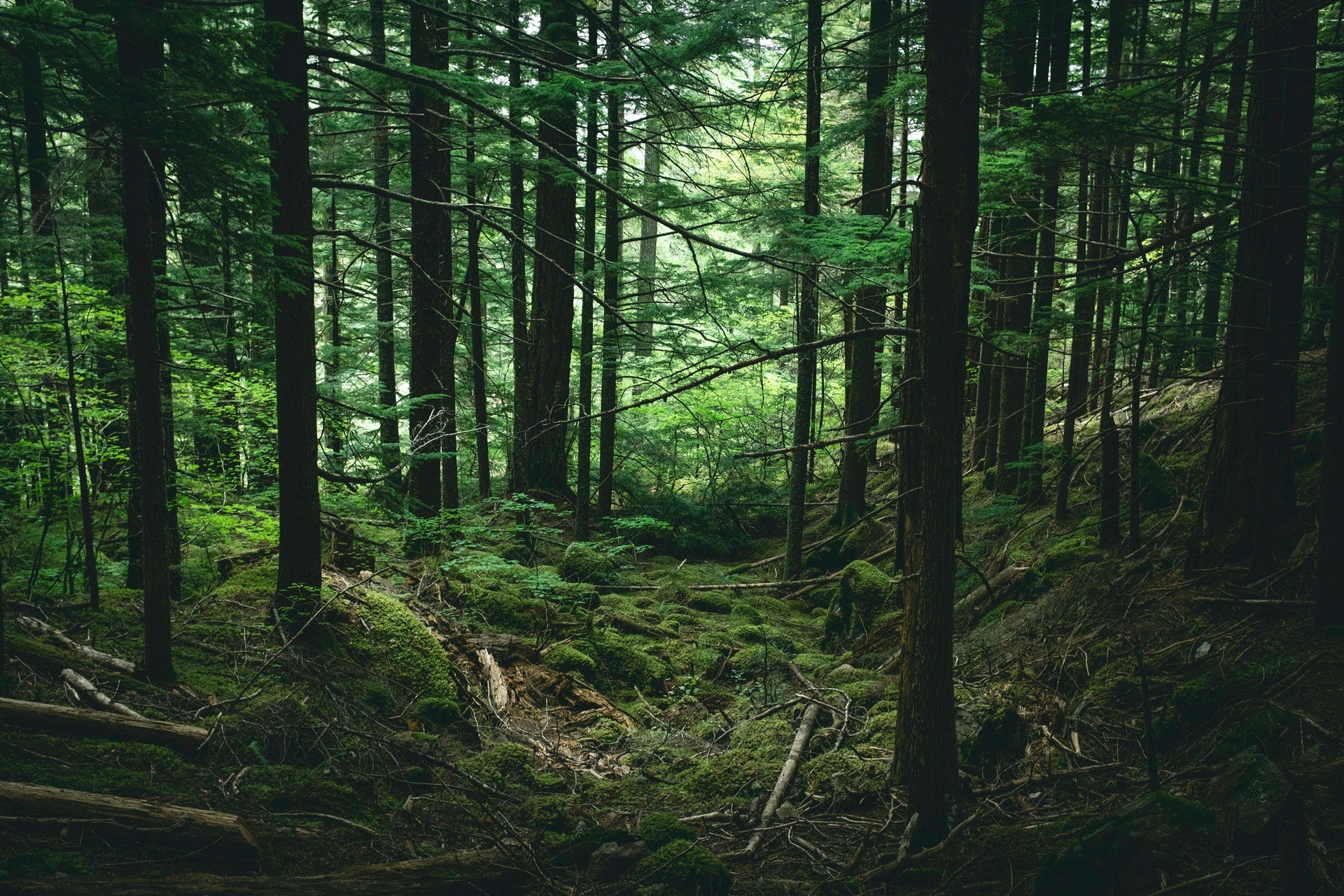To increase the impact of our operations at Pomp, we use profits from sales of the #ShowYourStripes range to fund our membership at Mossy Earth. Our membership fees go towards reforestation projects (Mossy Earth plant trees on our behalf) as well as rewilding projects such as those described below. We caught up with Tim Ozkurt, SEO Analyst & Copywriter at Mossy Earth, to understand how they work!
Mossy Earth undertakes a combination of reforestation and rewilding projects. Can you explain what the distinction is for those who may be unfamiliar with the terms?
Reforestation, simply put, is to restore forests and woodlands in areas that have lost trees. This could be small urban spaces or large monoculture (single species) plantations. Our approach focuses on reforesting native, wild forests where trees grow naturally but need a helping hand as natural regeneration isn’t happening quickly enough. 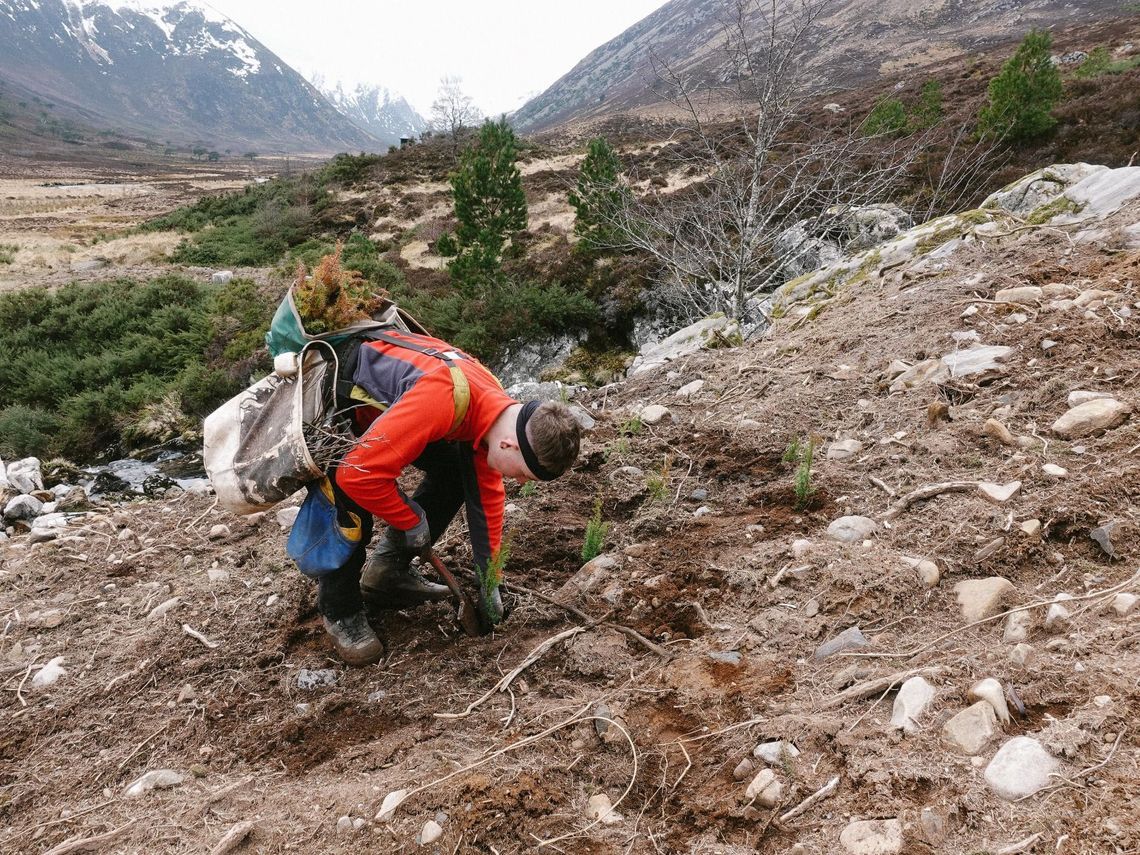
Rewilding is about restoring landscapes to wilder states and helping create the conditions for nature to take the lead once more. Reforestation is one way to make an area wilder, but there are many ways to rewild. It can focus on restoring natural processes like grazing, predation, decomposition, and regeneration that help shape a healthier wild landscape.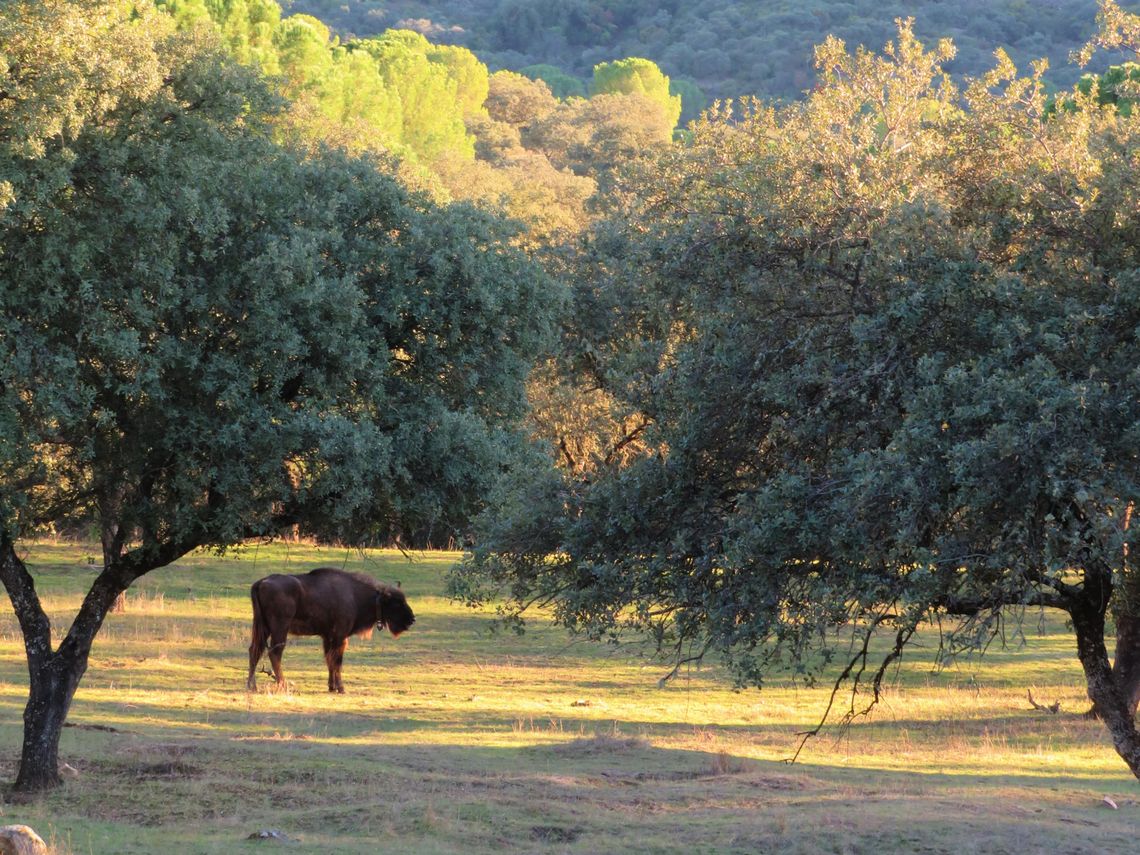
Trees are a part of this process as they act as carbon sinks. Over what time horizon does it make sense to evaluate the benefits of reforestation projects?
Before we dive into timeframes, it makes sense to briefly explain the benefits of reforesting. If done correctly, there are many wider ecological benefits of reforestation. The most commonly known one is sequestering carbon, although projects that take a holistic approach don’t just consider this. The right trees planted in the right places, will help restore ecosystem functions like soil stabilisation, water purification and temperature control, and provide habitats for wildlife.
In terms of evaluating success, each site has its own ecological context to assess and determine if specific goals are being met and when. Here at Mossy Earth, we set up each project with a management plan to track progress. Within the plan we identify the most suitable tree species for each location considering factors like tree diversity, density and functionality. All projects work towards the main aims of restoring ecosystem services, conserving biodiversity and mitigating the impacts of climate change.
Key to the success of our reforestation projects is the survival rate of trees, so we monitor and replant where needed during a 3-10 years period after planting. When this period has passed tree mortality is accepted as a natural part of the forest ecosystem where decomposition plays its role.
It’s worth noting that one tree typically sequesters 0.25 tonnes of carbon over 50-100 years. Herein lies the danger that some reforestation projects only consider increased tree cover as a success criteria and ignore the overall ecological impact. In some shocking cases, projects cause more damage to the environment, such as digging up effective carbon sinks like petland bogs to plant trees and releasing tonnes of carbon dioxide into the atmosphere!
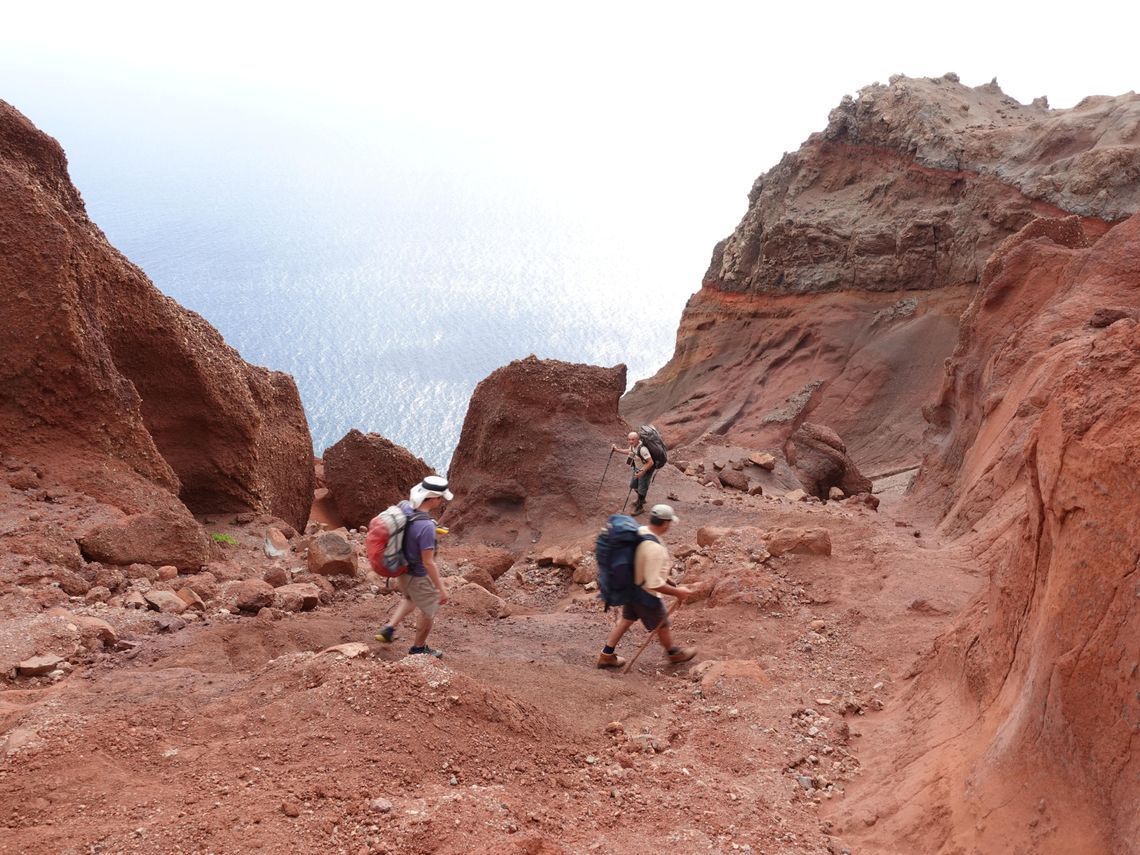
Do some locations matter more than others for reforestation projects?
My last example of where not to plant highlights the importance of considering landscape-wide context before planting. Old growth forests are known to be some of the most effective for areas to reforest. These critical areas are not only stable carbon sinks that can lock away carbon for centuries, but they are also biodiversity hotspots. Projects that attempt to address and mitigate the drivers of deforestation in these forests are helping to secure long-term success. This is why we try to work on land owned by our partners that has some level of protection.
With regard to rewilding projects, your literature refers to how interventions on an ecosystem can have cascading consequences on many species and processes. What are some of the problems with rewilding that need to be taken into account when developing successful projects?
Again it comes down to carefully evaluating site-specific factors to ensure any risks are assessed. Projects that fail to fully consider and monitor impacts on existing ecosystems, habitats, biodiversity and local people are more likely to result in negative consequences. Taking stock of the existing landscape and noting what is feasible is crucial. For example, reintroducing herbivores requires connected areas of wilderness with sufficient space to roam and graze freely, otherwise they’ll struggle to have the desired impact on the process of natural grazing. What’s more, they could end up disrupting natural regeneration by grazing on young saplings if they aren’t moving between large enough areas.
However, there is plenty of evidence that positive effects are happening when you correctly plan for site-specific factors. Such is the case with the reintroductions of the keystone species, the beaver and water vole, in the UK. Their role in the ecosystem has the cascading effects you mention but in a positive way. The dams they build store water during droughts and reduce peak flows that prevent more serious flooding downstream. Beaver dams also provide habitats for a variety of other species.
When it comes to assessing which rewilding projects to undertake, can you explain how you assess the trade-offs?
All our projects go through a comprehensive selection process to ensure they deliver at least one of our key criteria for nature restoration:
-
Restore key ecosystem processes
-
Improve habitat integrity and connectivity
-
Restore biodiversity and/or abundance of native species
-
Reduce human influence on the landscape
To add to these goals, we look for projects that can also:
-
Provide greater economic value to local communities
-
Prevent spread of invasive species, floods and soil degradation
-
Result in increased carbon sequestration
One key consideration is the cost of inaction. What would happen to these species without this intervention? This is part of the thinking behind our ‘Ugly Ones’ program which focuses on less charismatic, underfunded species. These species face a real threat of extinction without our help. In the case of our latest project Snail Species Rescue, we’re targeting 4 critically endangered species only found on a remote Atlantic island that are clinging onto existence. We feel, too often, funds don’t find their way to these lesser attractive species, nevertheless, they deserve the attention.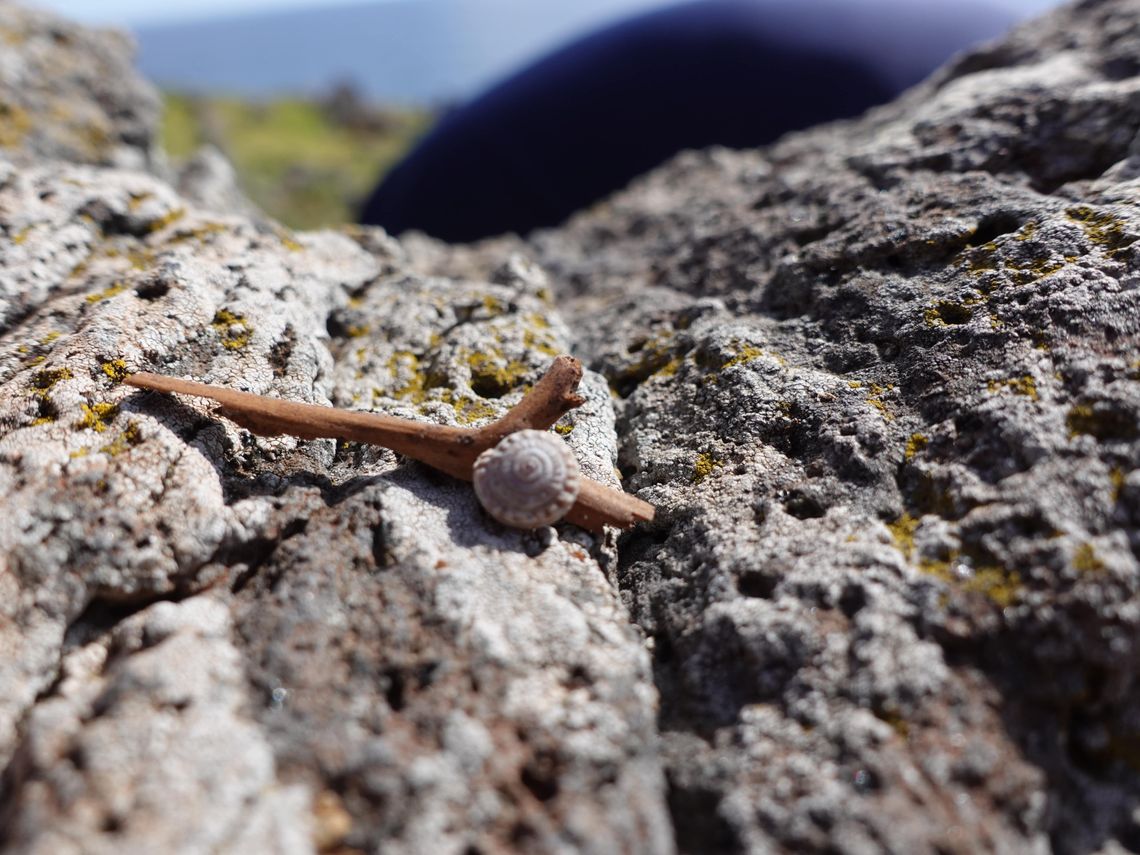
There’s also our approach to innovation. Although there is a clear need to expand established conservation efforts, it’s also necessary to trial and test new methods which have the potential to deliver amazing results. Take our Kelp Restoration Trial as seen below for instance, which is pioneering new techniques in an attempt to kick-start large scale restoration in an area traditionally lacking data. We are motivated to explore novel techniques that can propel a species or ecosystem back from the brink.
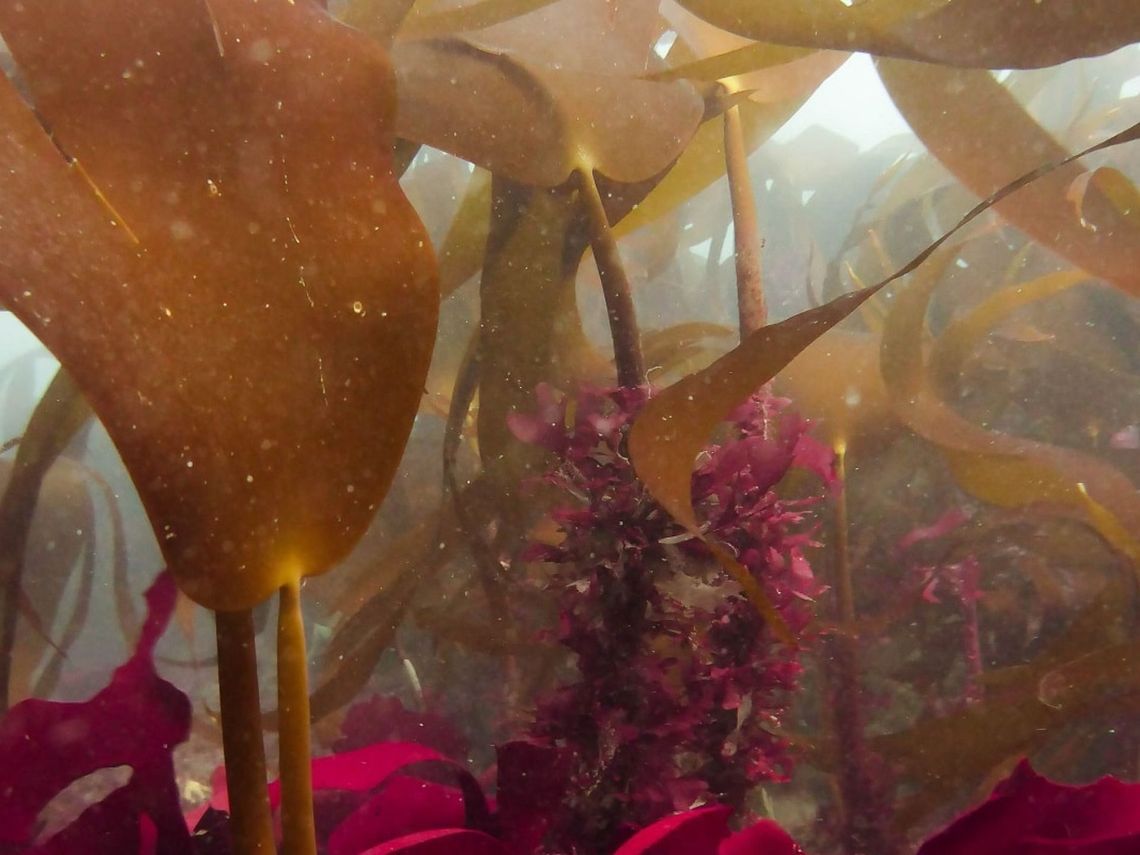
As we’ve previously mentioned, the sheer complexities and interactions within ecosystems sometimes suit an adaptive approach, taking onboard new data where possible. That being said, if we are testing an intervention for research purposes, we must be consistent with our methodology and only make changes to avoid negative outcomes. Should a project fail for some reason, the learnings that can be drawn from the experience will aid rewilding research in the long-run.
How does the reintroduction of animal species to the UK, like Wolves or Lynx, overlap with rewilding programmes?
Wolves and Lynx are top predators that can have significant positive cascading effects on their ecosystems. Not only do they help keep overpopulated herbivore numbers in check, their presence changes their prey’s behaviour which in turn helps control overgrazing and allows natural regeneration of trees. In the well known case of Yellowstone Park, some time after wolves were reintroduced this ‘trophic cascade’ played out and an abundance of other species returned to the park.
However, reintroductions of large carnivores is a contentious issue at present with several stakeholders against the idea. The threat of attacks on livestock means this type of rewilding intervention has not been as widespread as others. This stresses the importance of rewilding projects to plan and implement measures to manage social impacts. Supporting Livestock Guarding dogs in a region of Portugal where the Iberian wolf exists is one approach we’ve taken to mitigate human-wildlife conflicts.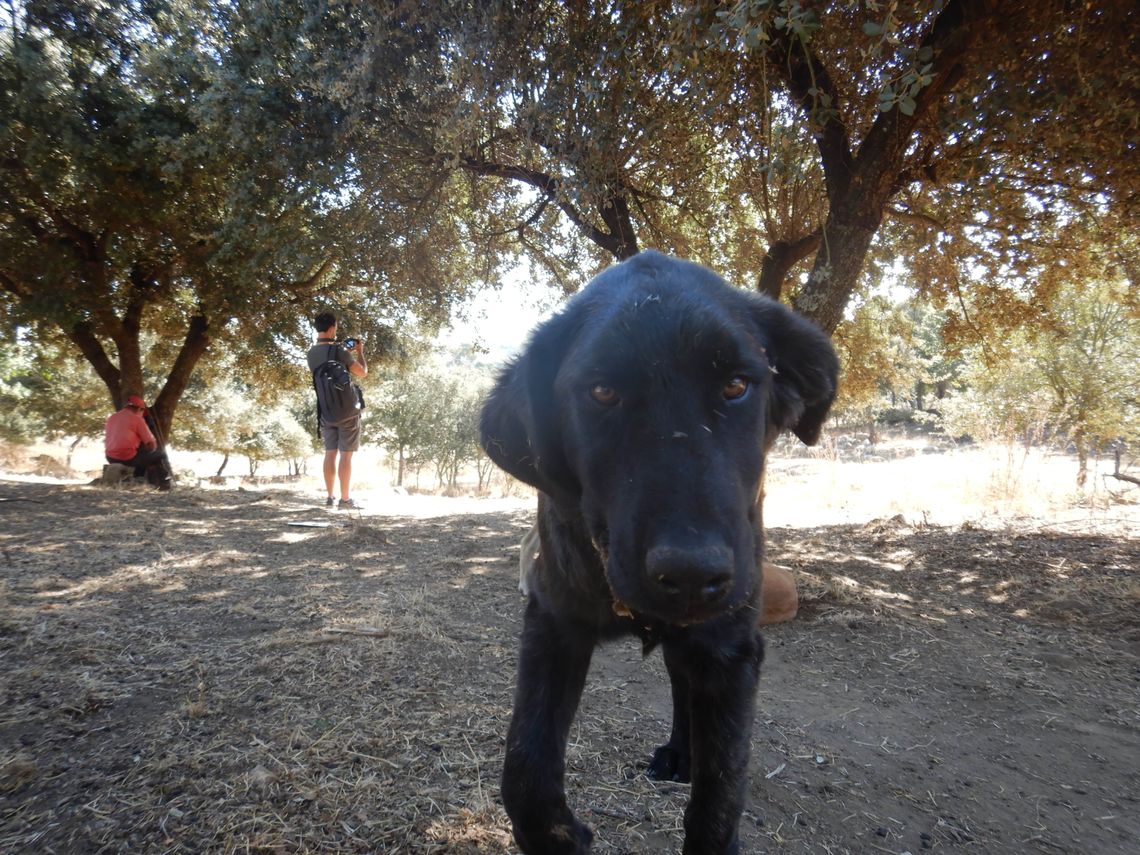
To what extent can architecture and urban planning play a part in rewilding and biodiversity? Do you have any favourite projects in this area?
This is an area of rewilding we are yet to explore, but an exciting one which deservedly is gaining momentum. There are some great examples of ingenuity in greening urban spaces with roofs, walls, lawns, and office spaces all being used to bring back a bit of nature.
In terms of architecture, I would say use the city of Singapore as a prime example. David Attenborough tours around the ‘Biophilic City’ in his documentary ‘Wild City’ where you can see how biodiversity is nicely blended into city life.
The complexity behind your work extends beyond the project selection phase into the implementation phase. We’ve seen references to using rock climbers to save cliff plants, camera traps and wildlife tracking (GPS for vultures!). Was this all a part of the Mossy Earth vision at inception or has this been a process of discovery each year?
The use of technology has always been central to our vision of delivering effective and transparent results from our projects. We offer our members a variety of ways to track project progress that keeps them informed and engaged in what we’re doing. This could be drone flyover footage, aerial 360 images, detailed mapping, on-the-ground updates, images of each species planted and a biologist walkthrough video of the planting areas.
It has also always been our goal to build a community online and off. Certain projects lend themselves perfectly for the offline community to gather. Such was the case when local climbers came to hang out (literally) and save rare cliff plants in Portugal recently.
As covid put an end to regular in-person meetups, we decided to start an online community too through the platform Discord.
If you had to pick one reforestation and one rewilding project that the team is most proud of, which ones would you pick and why?
Funnily enough, we recently asked our team this question and got a variety of responses. It seems our team all have their own personal favourites, but some of the highlights were:
-
'Saving rare sea cliff plants' mainly because of the enthusiasm of all the volunteers and partners that joined us for the project.” (Tiago, Conservation Biologist)
-
"I liked the sea otter project because it shows the wide variety of approaches that can be taken with rewilding. Taking into account human and wildlife interaction is going to be a vital tool in enabling wildlife populations to thrive, and the cascading impact of sea otters in particular means that this could have a large positive impact on the ecosystem." (Paul, CTO)
-
“Aspen is my favourite species of tree, it's beautiful and very important for biodiversity. Our project not only helped restore a rare tree to Scotland, but by planting it along rivers, we also helped improve the health of Scotland’s rivers. We have an ambition to plant 10,000 aspen trees within 10 years, and we’re making good progress.” (Hannah, Conservation Biologist)
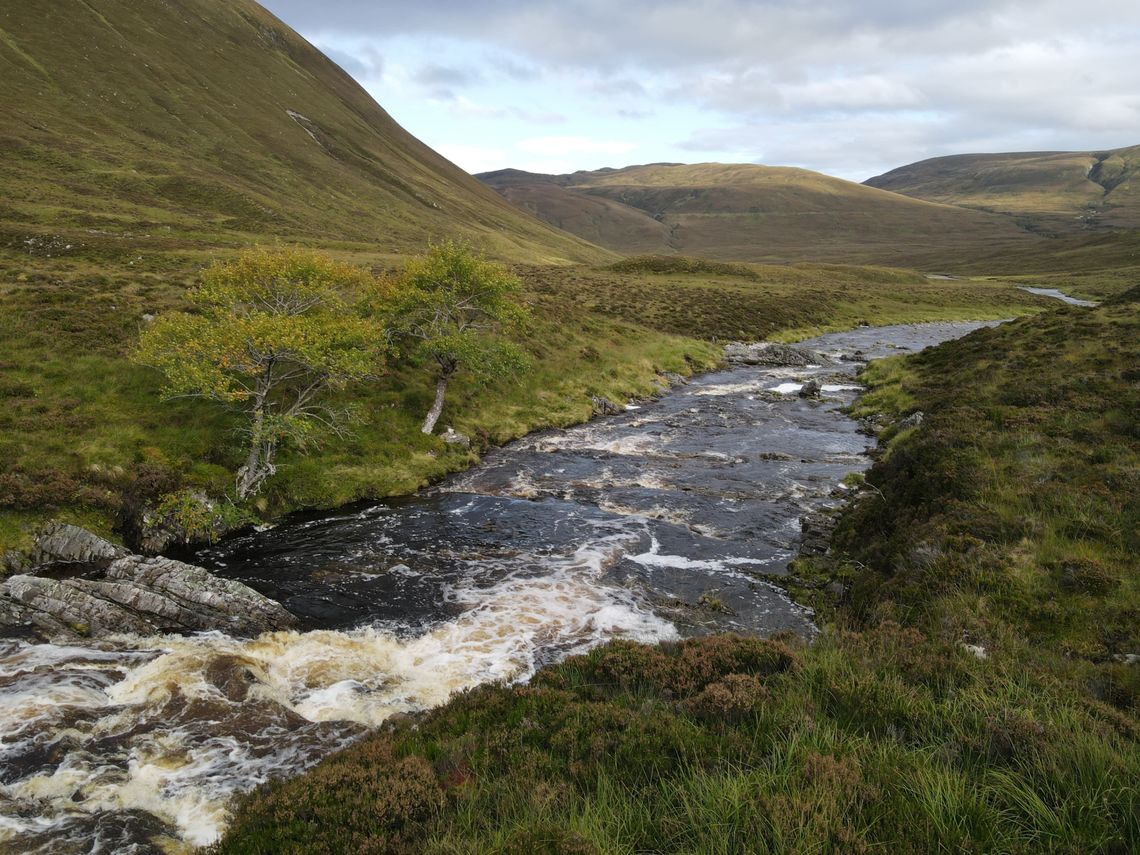
-
"It's got to be the Salmon Tagging project because they are a keystone species with a strong potential to rewild the areas they have access to. Also, we have found a multifaceted approach to help them out." (Duarte, Co-Founder)
What have you been most enthused by when it comes to climate action / the sustainability movement?
It would be hard to say anything other than the impact of the rewilding movement. It has rightly come to the forefront of conservation and in some cases, many believe it is the most effective way to fight climate change. In fact, one study states that restoring just 15% of degraded lands in critical areas could avoid 60% of expected species extinctions and capture 30% of CO2 increase in the atmosphere since the industrial revolution!
Pomp’s Mossy Earth membership is funded from profits we make from our “Show Your Stripes” range. This range is based on the climate stripes graphic developed by Prof. Ed Hawkins from the University of Reading. How impactful do you think this graphic is?
It offers a simple yet stark warning about the severity of the climate crisis. To present such important data in a visual like this sends a clear message to anyone who views it. I also think it’s very useful to have the graphic represented geographically so people can see how close to home the problem is! We really hope it helps spur more people into action.
Have you and the team been making any changes to your fashion choices to make them more sustainable over the past few years?
Being a team of nature lovers, we all try to live sustainably and are conscious of our impact on the natural world. That means anyone choosing threads with non-organic cotton is frowned upon. As for myself, my wardrobe is evergreen!
How to get involved?
If you made it this far, we hope this interview was insightful and that you learned a thing or two. If it inspired you, check out Mossy Earth’s other rewilding and reforestation projects and find out how you can help by becoming a Mossy Earth Member. Or support our #ShowYourStripes range where you’ll be helping Mossy Earth’s projects indirectly!




